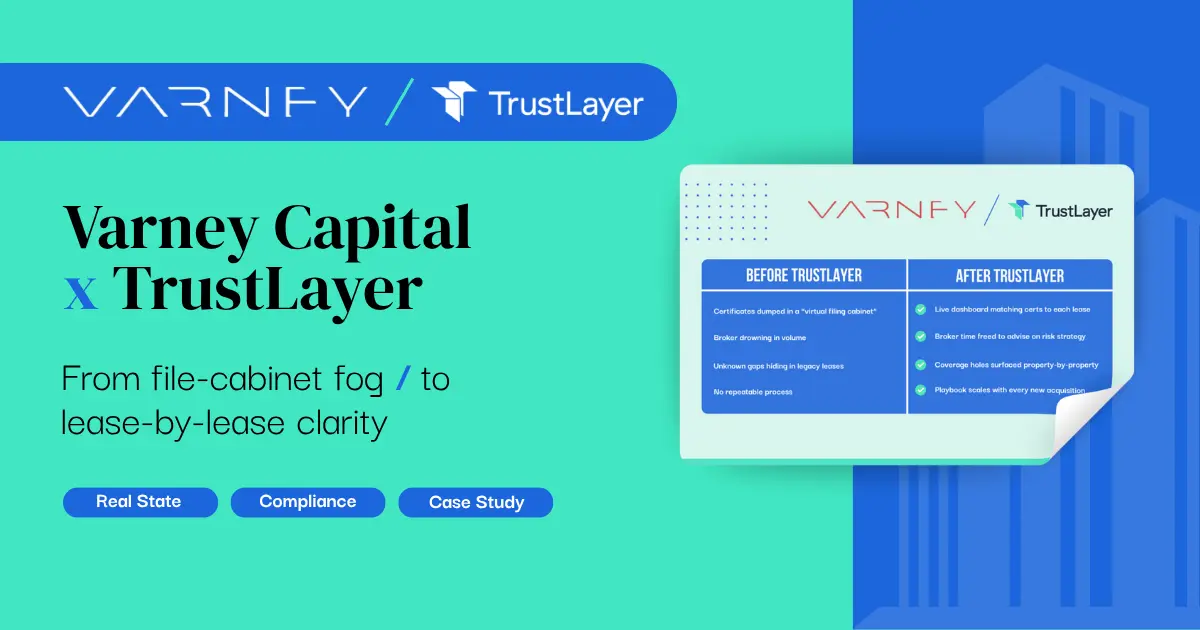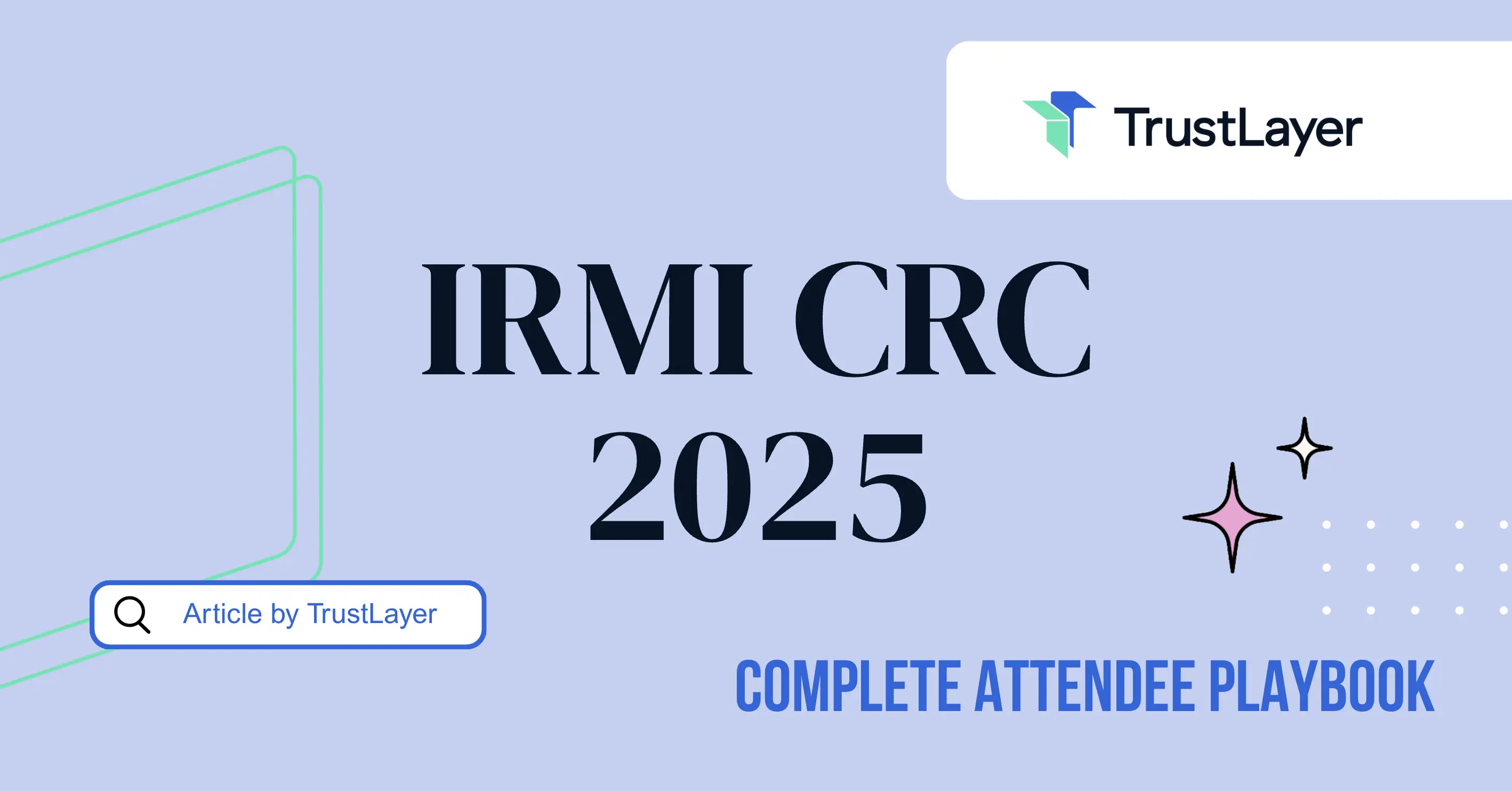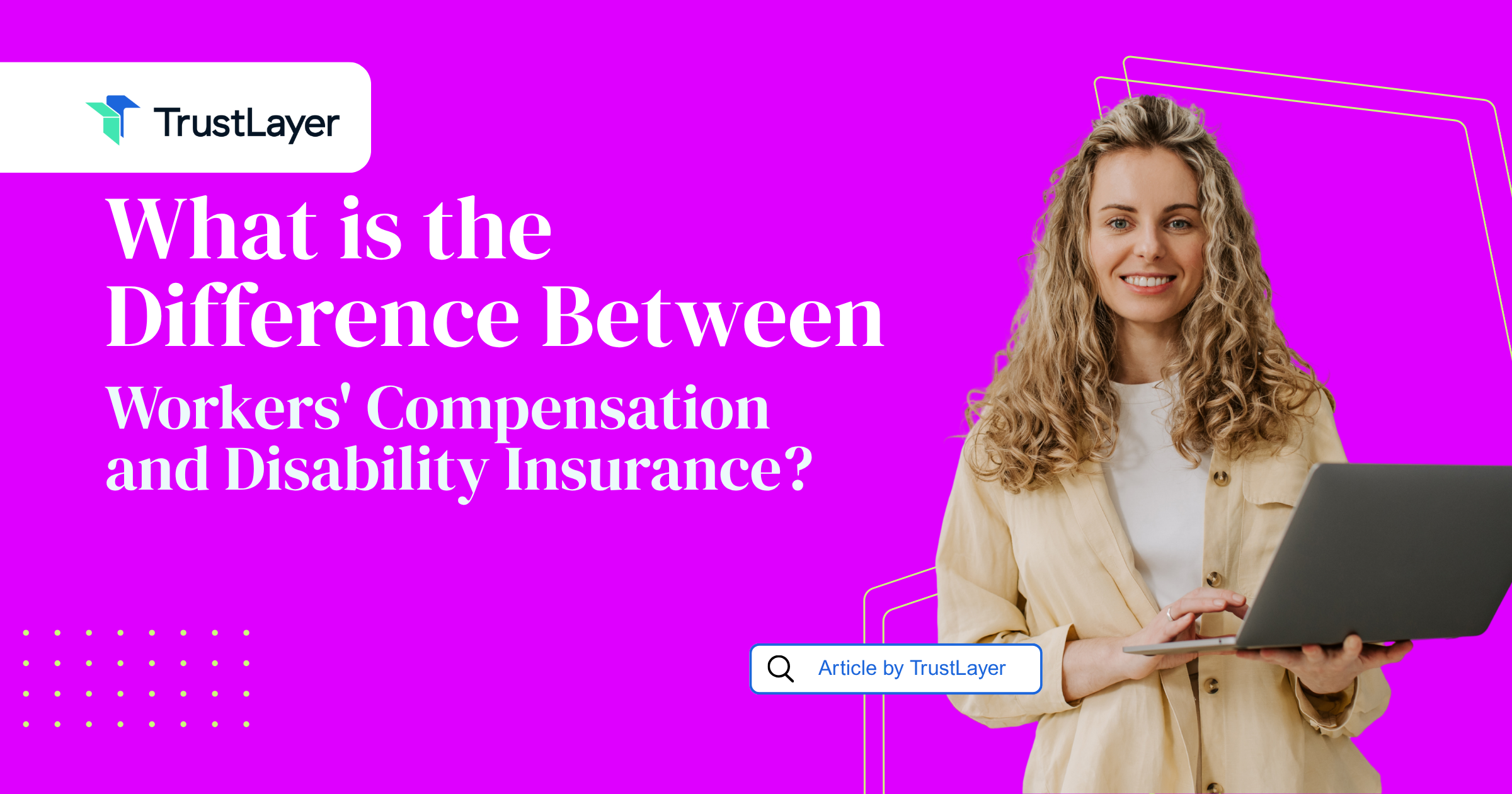Case Study: Universal Site Services x TrustLayer
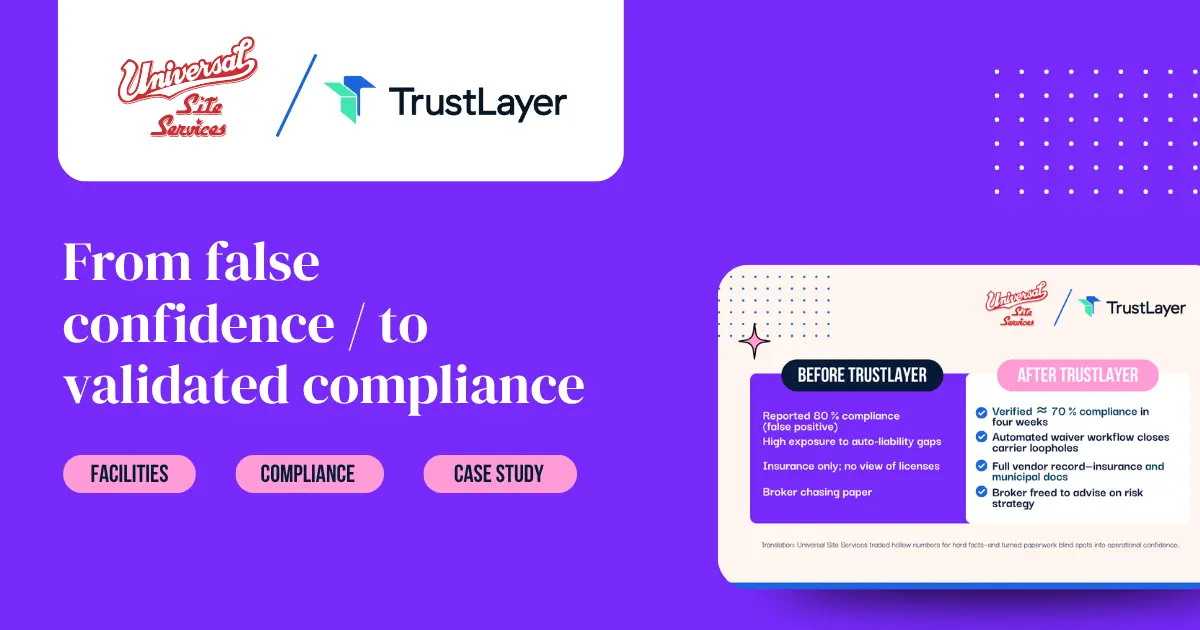
From false confidence to validated compliance in four weeks
Why This Matters
Universal Site Services didn’t just have a compliance problem — they had a confidence problem.
On paper, their program looked airtight. Certificates were uploaded. Boxes were checked. Reports said “80% compliant.”
But when TrustLayer ran an onboarding audit, that confidence collapsed into reality: most coverage wasn’t complete, it was assumed.
That realization matters because it’s happening everywhere. Teams mistake volume for verification. Systems celebrate speed but ignore accuracy. And when the claim comes, assumptions don’t hold up in court.
TrustLayer changes that equation.
By replacing “looks compliant” with “is compliant,” it shifts compliance from a reactive chore to a proactive proof of protection.
For Universal Site Services, it meant moving from a false sense of safety to documented control — the kind that stands up to scrutiny, clients, and time.
Company at a Glance
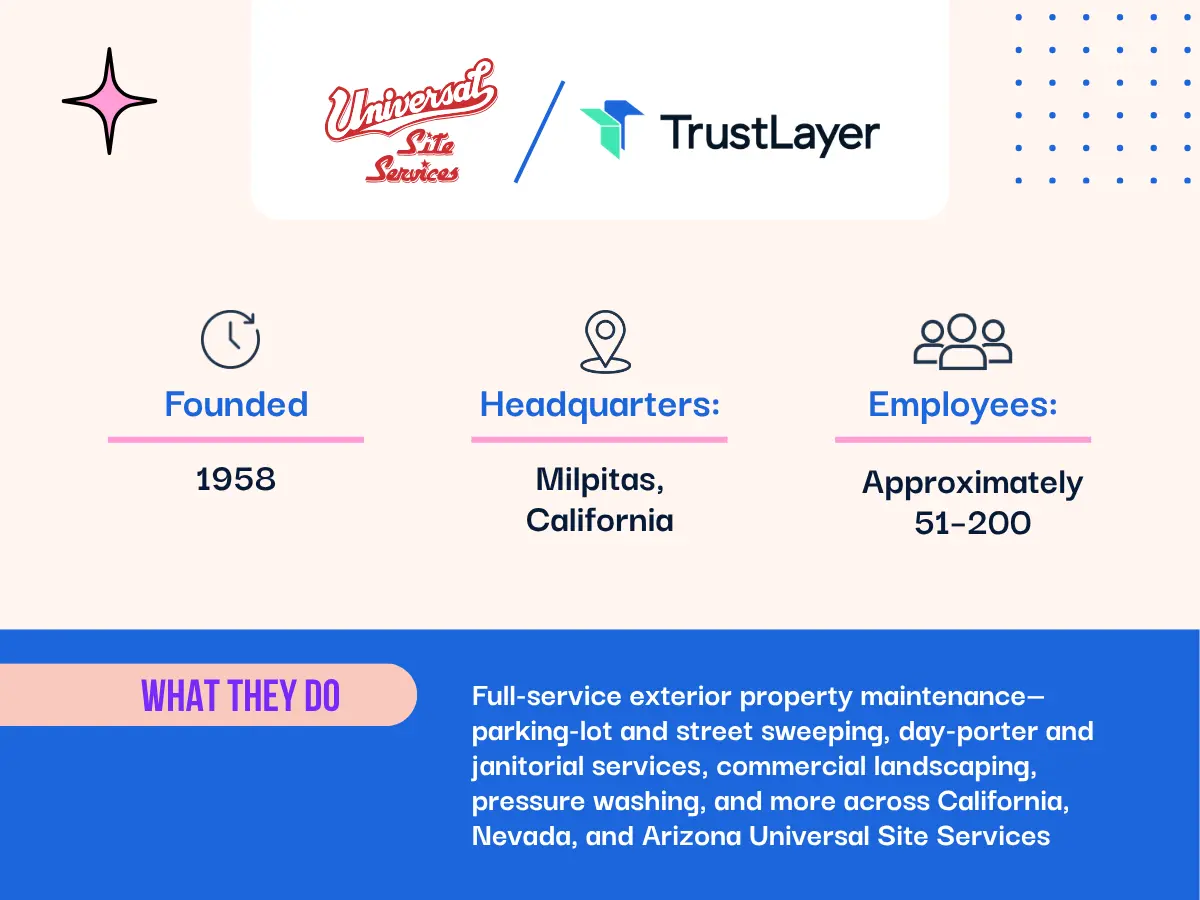
The Challenge
After migrating from a competing platform (myCOI), Universal Site Services believed they were cruising at ≈ 80 percent compliance.
But when TrustLayer ran an onboarding audit, the illusion broke.
Real compliance was closer to 20 percent. Missing endorsements, vague wording, and carrier-specific gaps — especially Progressive auto policies without non-contributory language — lurked beneath the surface.
Confidence was high; coverage was not.
And that gap between belief and reality was an operational risk waiting to unfold.
The TrustLayer Play
- Forensic Audit & Root-Cause Analysis
TrustLayer dissected every certificate, exposing gaps the previous system ignored and flagging recurring issues across vendor networks — most notably the Progressive Auto exclusion.
- Automated Waiver Workflow
Vendors with Progressive Auto coverage now trigger an instant waiver process, ensuring compliance records reflect what’s actually possible, not what’s assumed.
- Beyond Insurance: Total Vendor View
City business licenses, waste-handling permits, and other non-insurance documents now move through the same workflow, giving Universal Site Services a single, accurate source of truth for every vendor.
The Payoff
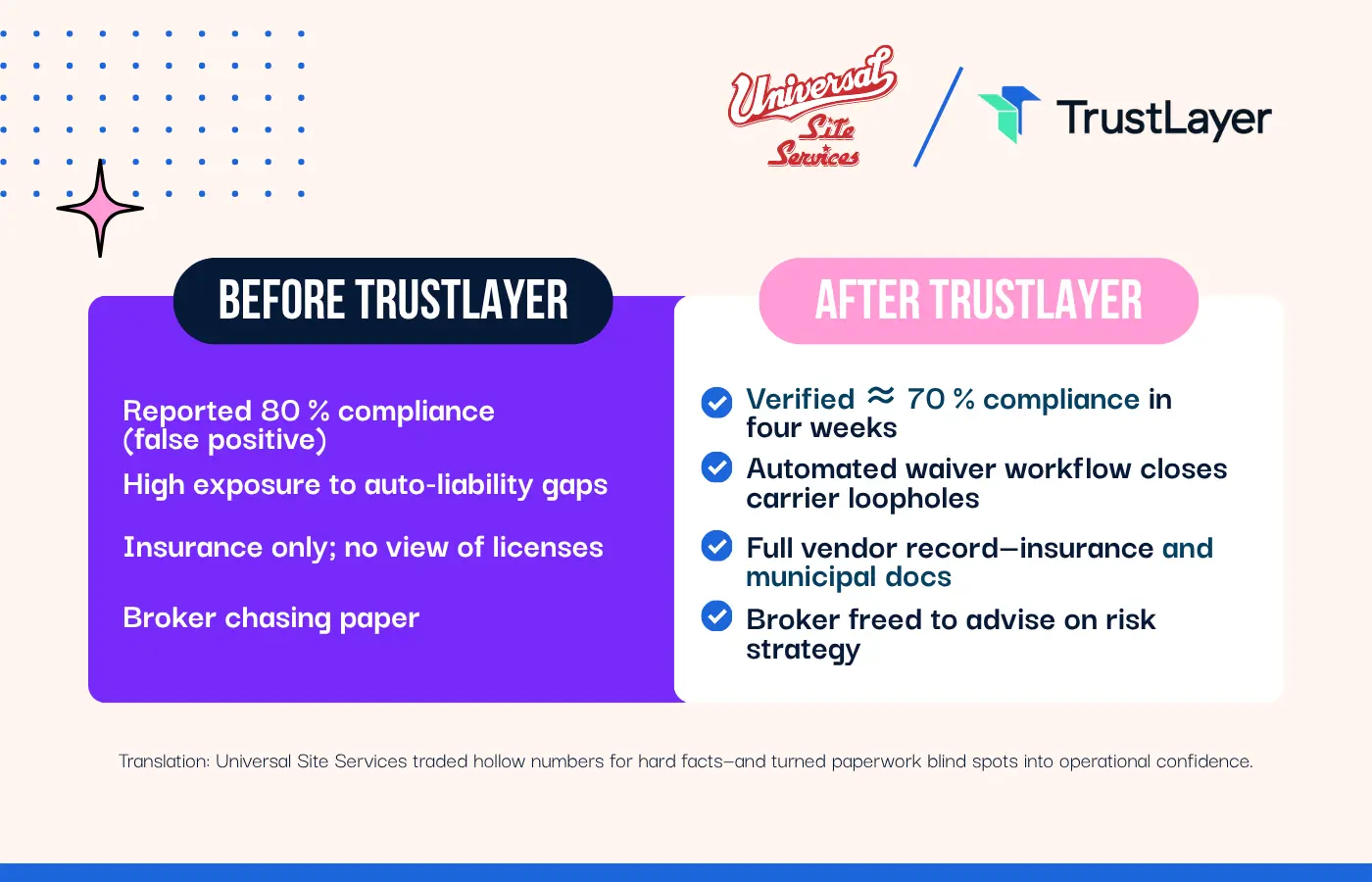
When the truth surfaced, there was no panic — just relief.
Finally, someone had shown the real picture. The false positives were gone. The risk was measurable. And the next audit wouldn’t start with a scramble; it would start with confidence.
That’s when the team realized what compliance could actually feel like: calm, verifiable, and fast.
Customer Voice
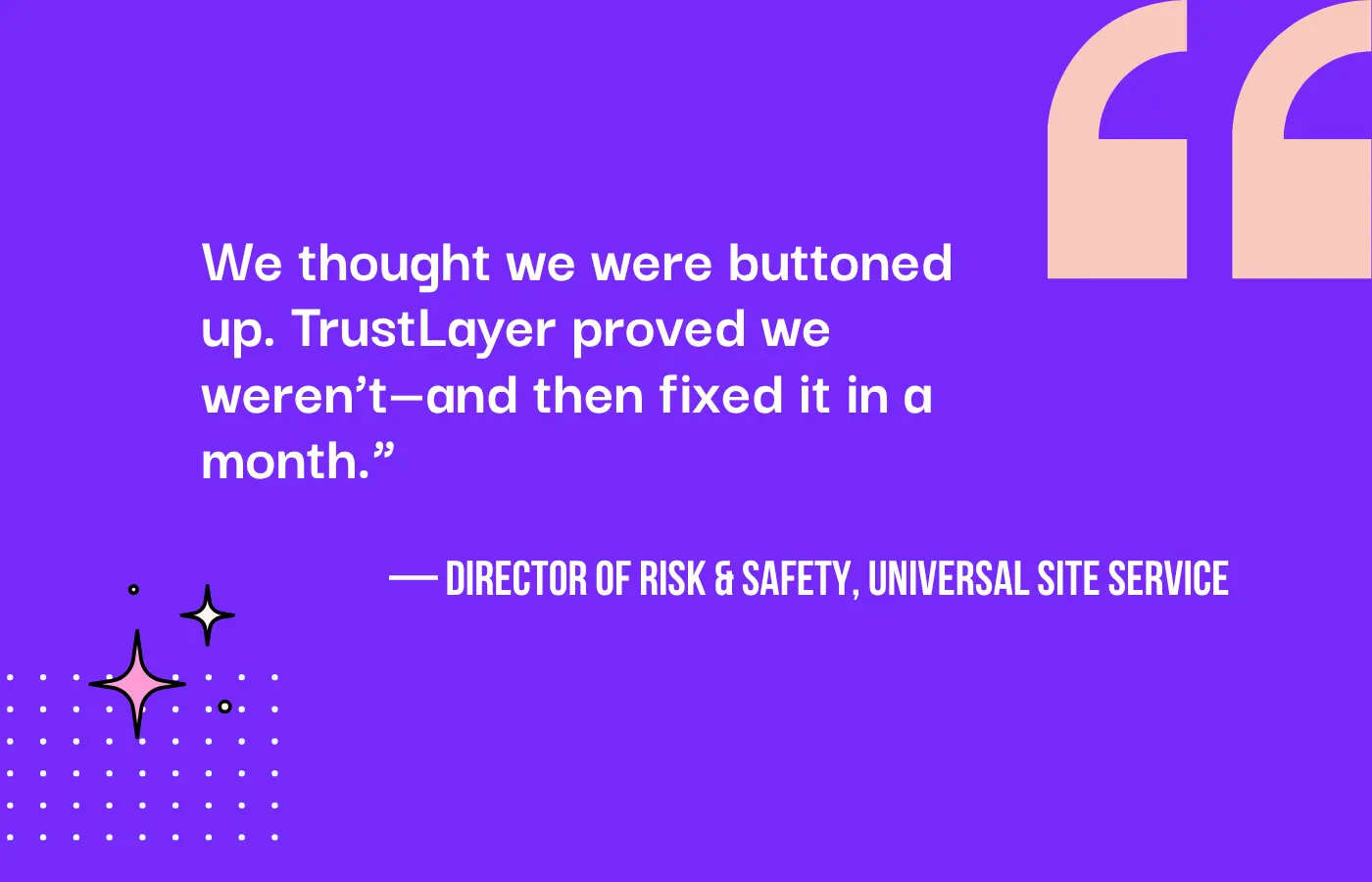
Frequently Asked Questions
Q: How did TrustLayer identify the hidden compliance gaps?
Through a full forensic audit — comparing each certificate against real policy language and contract terms, not just whether a document existed in the system.
Q: Why did the old system show false positives?
The previous platform measured uploads, not accuracy — so incomplete or non-conforming documents still counted as “compliant.”
Q: What made Progressive Auto policies a recurring issue?
Progressive policies often omit non-contributory endorsements required by most contracts. TrustLayer’s waiver workflow automates clarity instead of chasing exceptions manually.
Q: How long did it take to see improvement?
Within four weeks, verified compliance rose from 20% to about 70%, creating a real baseline for future growth.
Q: What else did the team gain beyond insurance verification?
A unified workflow now tracks every vendor’s licenses, permits, and coverage in one place — providing complete operational visibility.
Ready to Test Your True Compliance?
If your platform tells you you’re safe but can’t prove it, it’s time to see what verified compliance really looks like.
👉 Book a 15-minute discovery call with TrustLayer and surface the gaps before your next client walk-through.







